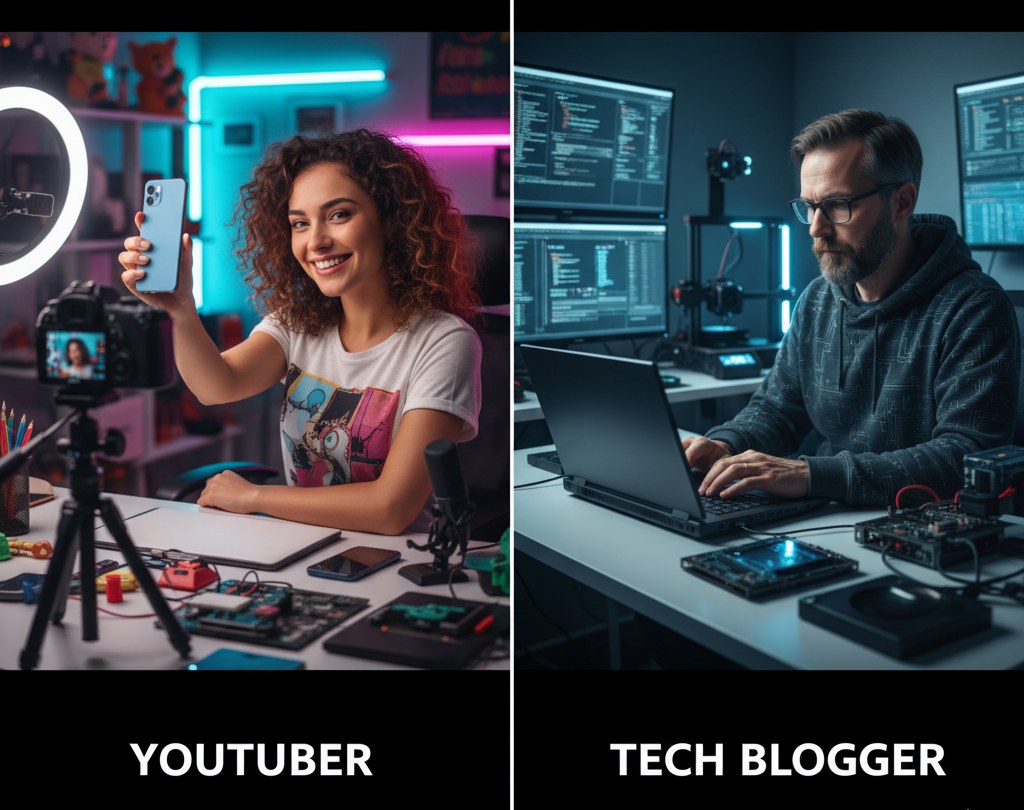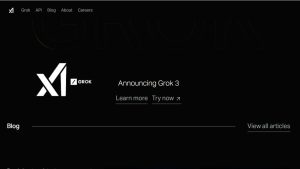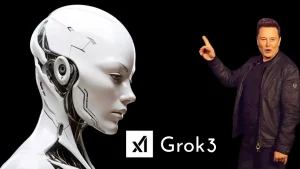As governments and platforms around the world tighten rules on artificial-intelligence-generated media, creators — particularly YouTubers and tech bloggers — find themselves at a crossroads. With the dual pressures of regulatory oversight and platform policy changes, it’s no longer simply about producing videos or blog posts; it’s about adhering to transparency, quality and compliance norms. Below is a breakdown of the latest rules and how the creator community is adapting in real time.
New Rules to Know
Recent developments show two interlocking streams of regulation that content creators must be aware of:
- Government Regulation
In Ministry of Electronics and Information Technology (MeitY) in India, for example, draft amendments to the Information Technology (Intermediary Guidelines and Digital Media Ethics Code) Rules, 2021 propose that any “synthetically generated or modified information” be clearly labelled and embedded with traceable metadata.
The proposed rules stipulate that for visual content a label must cover at least 10 % of the visible surface area, and for audio content an announcement must appear during the first 10 % of playback.
According to IT Secretary S. Krishnan, the goal isn’t to ban synthetic content but to ensure transparency — i.e., viewers know what is AI-generated. - Platform-Policy Changes
Meanwhile, major platforms like YouTube are updating their monetisation and content rules. From 15 July 2025, YouTube’s Partner Programme began enforcing stricter criteria around originality, authenticity and added value — particularly flagging “mass-produced, repetitious or inauthentic” content, many of which rely heavily on AI or automation.
YouTube’s policy clarifies that AI-generated content is not banned outright, but when it lacks meaningful human input or creative transformation it risks demonetisation.
What This Means for YouTubers & Tech Bloggers
For creators who specialise in tech reviews, AI tool demonstrations or commentary on emerging technologies, these changes demand both strategic adjustment and careful execution.
Label & declare:
If a creator uses AI tools to generate visuals, voiceovers or scripts, they now need to be explicit. Viewers must be informed when the content is synthetic or uses AI-assistance. For creators operating in India, the government draft rules make this mandatory, not optional. Even outside India, YouTube’s disclosure guidelines emphasise the same.
Add human value:
Since platform policies target “factory-style” AI content designed purely for ad revenue, creators are evolving their workflows: AI tools may source raw material, but final output must reflect human reasoning, commentary, storytelling, editing or insights. A tech blogger who simply pastes an AI-generated voiceover over stock clips will run a higher risk of demonetisation.
Audit your monetisation eligibility:
Channels need more than subscriber and watch-time thresholds—they must satisfy the authenticity test. YouTube now reviews whether a channel repeatedly uploads low-effort or automated content and may revoke monetization privileges accordingly.
Understand regional nuances:
Creators who publish globally must keep in mind that rules vary by region. For instance, Indian draft rules stress metadata and labelling at the content creation stage; other jurisdictions may emphasise platform-side detection or user disclosure. Understanding local legal/regulatory expectations is becoming part of being a creator.
Smart Tips for Staying Ahead
Given these shifts, experienced creators and savvy tech bloggers are taking proactive steps:
- Document your workflow: Keep logs of how you used AI tools (script generation, voice-clone, image generation), how you edited and transformed the material, and how you added human commentary. If a platform or regulator asks, you’ll have evidence of meaningful human input.
- Create a clear disclosure plan: At the start of each video or blog post, insert a clear statement when synthetic content is involved. Make it visible — for example, in on-screen text, description, or a voice-over note.
- Review monetisation-eligible uploads carefully: Before uploading, self-assess: “Does this offer new insight, transformation or human creativity beyond mere automation?” If not, reconsider or rework the format.
- Monitor platform announcements & regulatory changes: These rules evolve fast. For example, YouTube’s 2025 update clarifies what counts as “inauthentic content” under the Partner Programme. Staying informed gives you a competitive edge.
- Diversify content formats: To lessen risk, keep a healthy mix: deep-dive reviews, hands-on demos, interviews, human-narrated commentary — not just templated AI-audio + stock visuals.
- Be transparent with your audience: Viewers are increasingly aware of AI-driven content. Transparent creators build trust, which in turn supports engagement and long-term growth.
The Bigger Picture
These shifts reflect broader dynamics in digital media. Governments want to ensure synthetic media — which can be misused for deepfakes, misinformation or impersonation — is clearly labelled and accountable. The Indian draft rules are among the first globally to propose quantifiable visibility standards (e.g., label covering 10 % of image surface) for synthetic media. R
At the same time, platforms like YouTube are trying to protect advertisement ecosystems, viewer experience and creator integrity by discouraging low-value or spam-style content. The intersection means that creators now operate in a more regulated-aware environment.
For the tech-creator community, especially those working with or about AI, the message is clear: AI is not banned, but lazy automation is being penalised. Success will increasingly depend on how well creators combine technology with genuine human insight.




